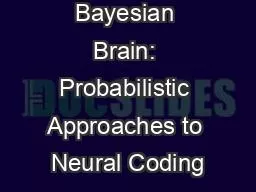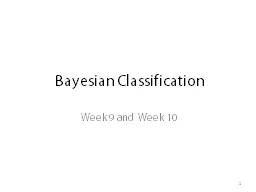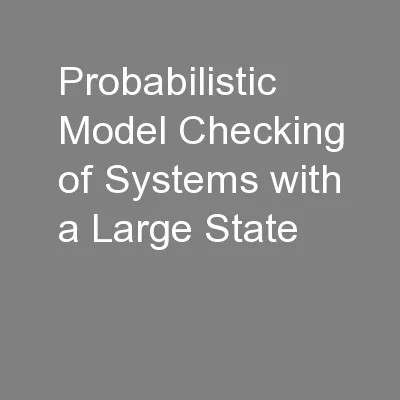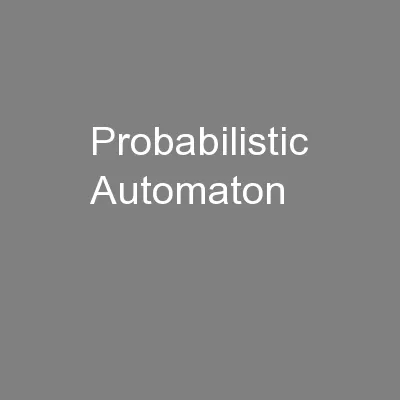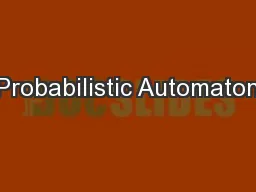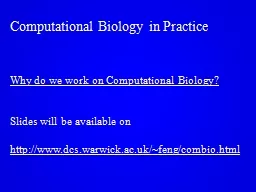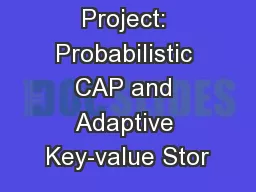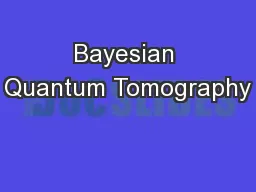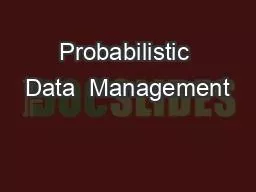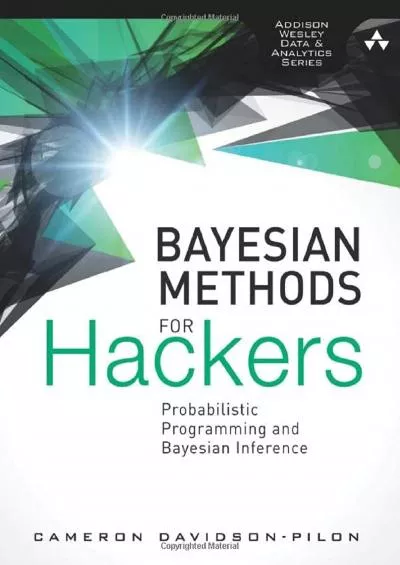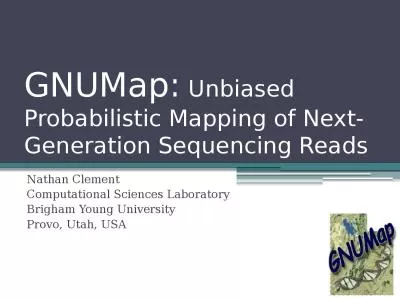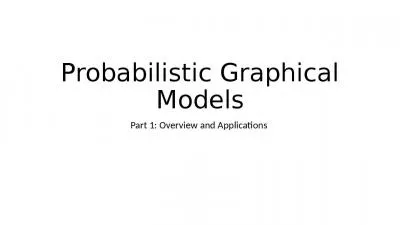PPT-Bayesian Brain: Probabilistic Approaches to Neural Coding
Author : telempsyc | Published Date : 2020-08-04
Chapter 12 Optimal Control Theory Kenju Doya Shin Ishii Alexandre Pouget and Rajesh PNRao Summarized by SeungJoon Yi Chapter overview Discrete Control Dynamic
Presentation Embed Code
Download Presentation
Download Presentation The PPT/PDF document "Bayesian Brain: Probabilistic Approaches..." is the property of its rightful owner. Permission is granted to download and print the materials on this website for personal, non-commercial use only, and to display it on your personal computer provided you do not modify the materials and that you retain all copyright notices contained in the materials. By downloading content from our website, you accept the terms of this agreement.
Bayesian Brain: Probabilistic Approaches to Neural Coding: Transcript
Download Rules Of Document
"Bayesian Brain: Probabilistic Approaches to Neural Coding"The content belongs to its owner. You may download and print it for personal use, without modification, and keep all copyright notices. By downloading, you agree to these terms.
Related Documents

